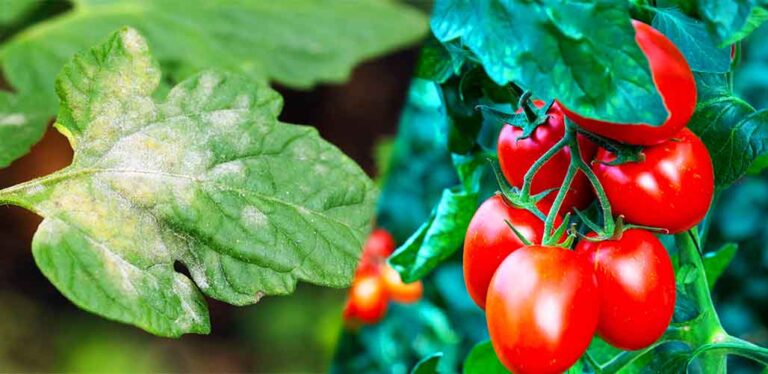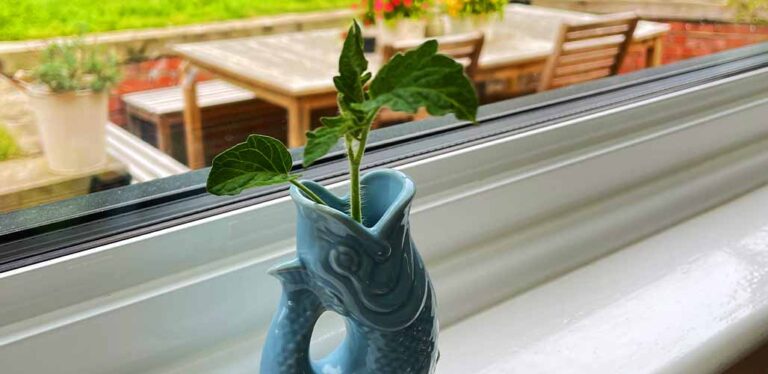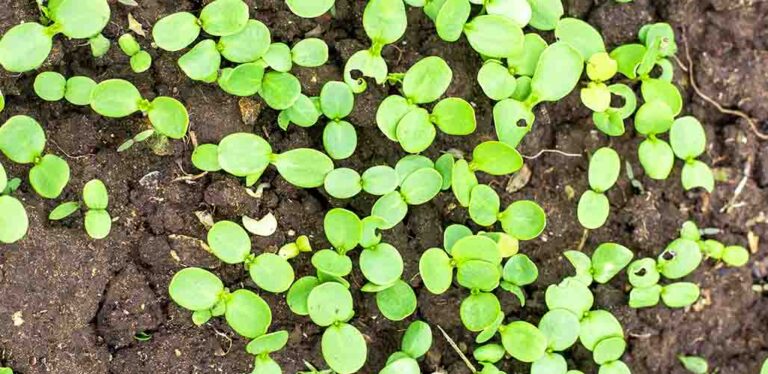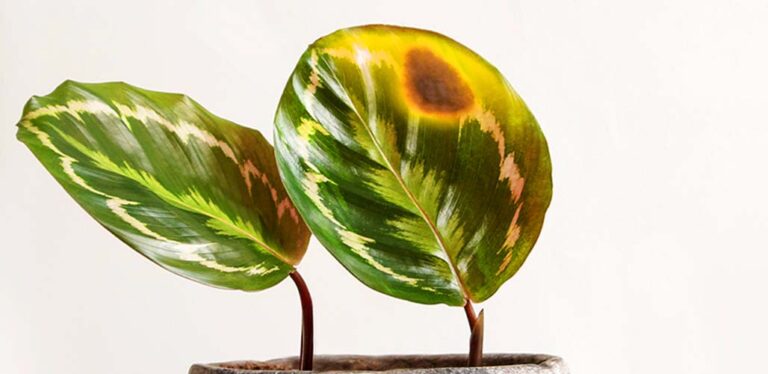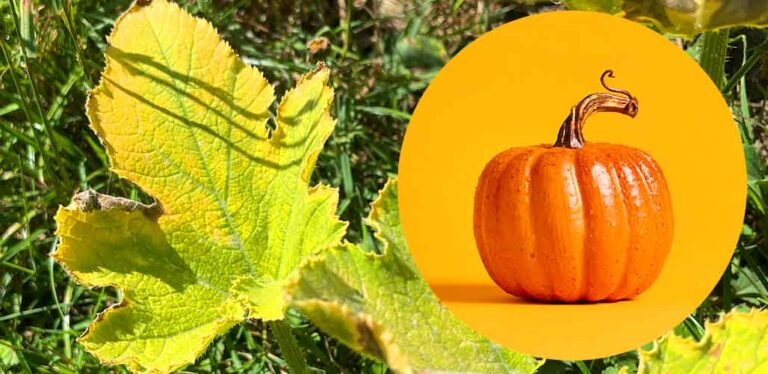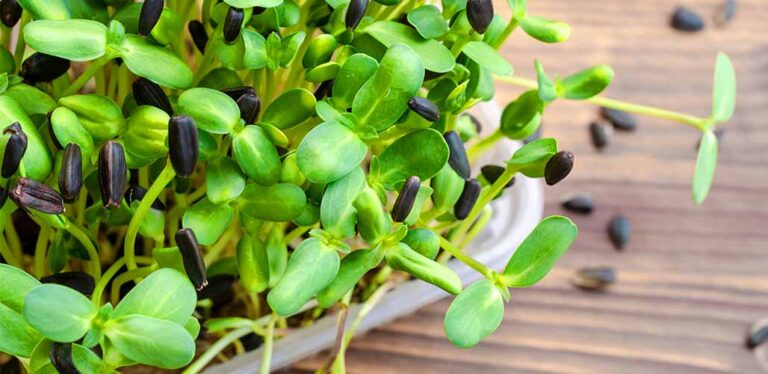What Causes Mealy Tomatoes And How Can You Avoid Them?
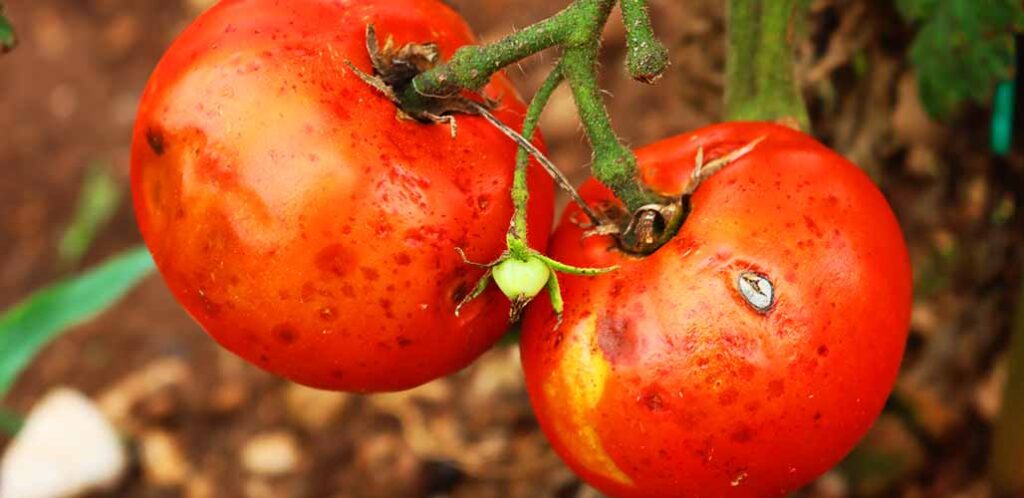
Mealy tomatoes are a massive disappointment. Last year I grew a tomato variety which is famous for being reliable and productive in my region for the first time. I waited eagerly for the fruit, which were basically guaranteed to be amazing… and they were terrible! They were bland, dry and grainy – all hallmarks of a tomato which has gone mealy. It was the first time I had encountered mealy crops, and I was shocked it had happened with a variety which should have been a straightforward success. So I set out to find out what causes mealy tomatoes, and what I could, or should, be doing to avoid it this year. Here are all the factors which can trigger mealiness, and how to manage them so your tomatoes stay juice instead.
Contents
- What’s going on inside a mealy tomato?
- What causes mealy tomatoes?
- Tips for preventing mealiness
- Can mealy tomatoes be salvaged?
What’s going on inside a mealy tomato?
Mealy tomatoes have flesh which feels unpleasantly grainy or sandy in you mouth. They are also curiously dry when you bite into them, and worst of all, horribly bland. The normal tomato flavor and perfume is missing, and essentially they are a big old mouthful of disappointment. Which is bad enough when you buy tomatoes from the store. But it is nearly soul-destroying when you’ve nurtured them over many months from a tiny seedling.
Tomatoes turn mealy because the structure of their mesocarp tissue becomes abnormal during the ripening process. Mesocarp is the botanical term for the fleshy part of the tomato that isn’t the skin, the core or the seeds. In a perfectly ripe and juicy tomato, the cells inside the mesocarp have soft, flexible walls. They are tightly stuck to one another, and they are full of free water. ‘Free water’ means water molecules that can be easily released, for example by cutting, squashing or squeezing the fruit. When you bite into a perfect tomato, the combination of soft cell walls and strong ‘glue’ sticking them together means the mesocarp cells get torn open instead of breaking apart. The free water inside them is released when they rupture, and the taste, juiciness and texture is *chef’s kiss*.
Now compare that to a mealy tomato
Inside the flesh of a mealy tomato, the cell walls have become rigid during ripening. Each cell is only loosely stuck to its neighbor, and the more of the water inside the cells is bound water. Bound water is water ‘trapped’ by the presence of something else. In this case it is immobilized by increased amounts of pectin. Pectin is a type of soluble fiber present at low concentration in good tomatoes, and high concentration in mealy ones.
When you bite into a mealy tomato, its hard little cells detach from one another rather than getting torn open open. And the bound water goes nowhere, because it can’t. The result is a grainy, dry texture. Luckily for us though, tomatoes are such an important commercial crop all over the world. Which means the causes of mealiness have economic significance, and they are being widely studied by researchers.
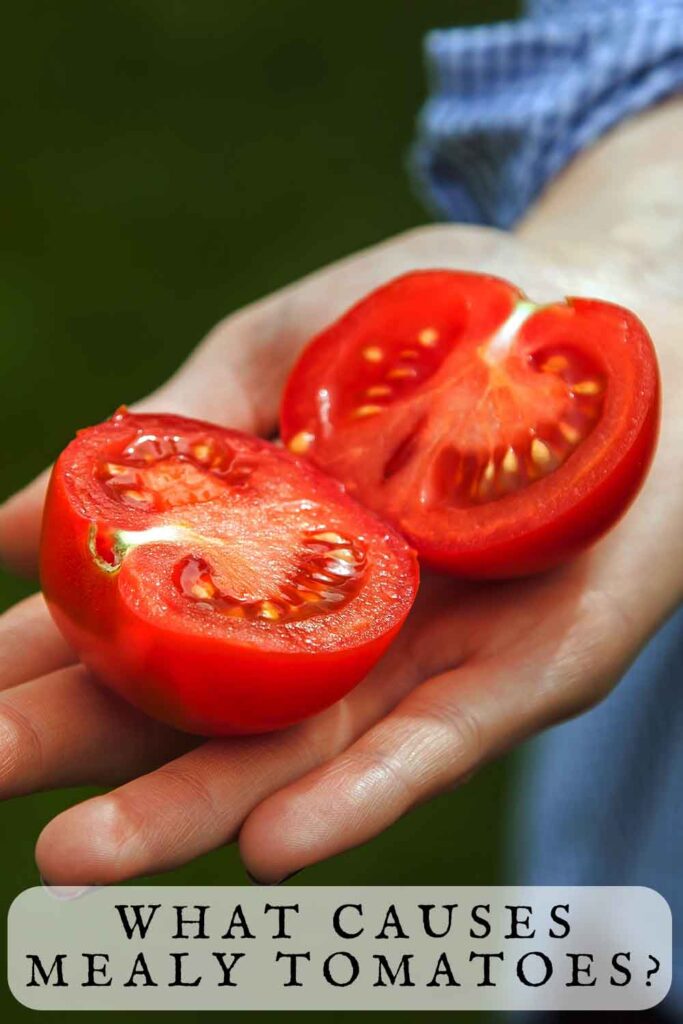
What causes mealy tomatoes?
Mealy tomatoes can be caused by:
Variety
All types of tomato have the potential to become mealy. And as I discovered last year, even reliable favorites can fall victim! But depending on your region and growing conditions some varieties will be more prone to mealiness than others.
A growing environment which is too hot
Tomatoes like daytime temperatures between 70 and 75°F. Growing in a too-hot greenhouse or outdoors in a region which regularly exceeds 81°F increases the likelihood of harvesting mealy fruits.
Getting overripe
Tomatoes which are left to get overripe on the vine start to change structure at a cellular level, and the hallmarks of mealiness begin to set in.
Maturing early or late in the season
It’s relatively common for the first few fruits on a vine to be mealy. Mealiness is a failure in the ripening process at a cellular level. Sometimes it takes a little while for a vine that has just started fruiting to establish all the chemical pathways needed to regulate proper ripening. Likewise, these pathways can start to breakdown at the end of the season as the vine starts to get exhausted.
And possibly by chilling injury
Finally, storing tomatoes in temperatures which are too cold, for too long, is known to cause ‘chilling injuries’ – damage to their taste and texture. It’s not clear at the moment to what extent mealiness can be the result of chilling injury, but I can’t find evidence that researchers have ruled it out either.
Tips for preventing mealiness
Here are some top tips for avoiding the causes of mealy tomatoes, and growing delicious juicy fruits every time:
- Ask your neighbors which varieties grow well for them in your region.
- If you grow your toms in a greenhouse, get a greenhouse thermometer and put up shade coverings when the daytime temperature exceeds 75°F.
- If you live somewhere hot, grow your tomatoes outside and choose a heat tolerant variety, like Heatmaster, Phoenix, or Florida 91.
- Keep your vines well watered and feed them regularly with a properly measured dose of potassium rich tomato food, so they have access all the water and nutrients they need to properly regulate fruit ripening.
- Harvest tomatoes as soon as they are ripe, and store them indoors. Some growers even harvest their tomatoes at the ‘pink stage’, when they are about 80-90% ripe, and finish ripening them on a sunny window. This potentially has the added benefit of preventing splitting.
- Don’t write off a whole vine if the first few fruits are mealy – the texture of later fruits may improve.
- And to be on the safe side, don’t keep harvested tomatoes in the fridge. Always store them at room temperature if you can.
Can mealy tomatoes be salvaged?
Sadly, the short answer to this is ‘no’. Even the most passionate zero-waste cooks admit being defeated by mealy tomatoes. One approach you can try is to slip one or two into slow-cooked tomato sauces, which will break them down as much as possible. It won’t help much with the lack of flavor though, so you can’t use up lots of mealy tomatoes this way. But it would work to disguise one or two mealy toms at the beginning of the season. The rest, alas, can only be consigned to the compost heap.
However, if your vine starts producing mealy fruits mid-season, it doesn’t mean you need to cut the whole thing down. Feed it, water it, giving it some shade, and the next fruits to ripen should be juicy again.
What causes mealy tomatoes – summary
Mealy tomatoes are the result of abnormal changes to their cells during the ripening process. These changes can be caused by environmental factors, such as growing in conditions which are too hot. But it can also be due to being the first fruit off the plant, or being allowed to overripen on the vine. There are several simple and methodical steps you can take to reduce the odds of harvesting mealy fruit. Never write off a vine straight away just because it has produced one or two mealy fruits!

